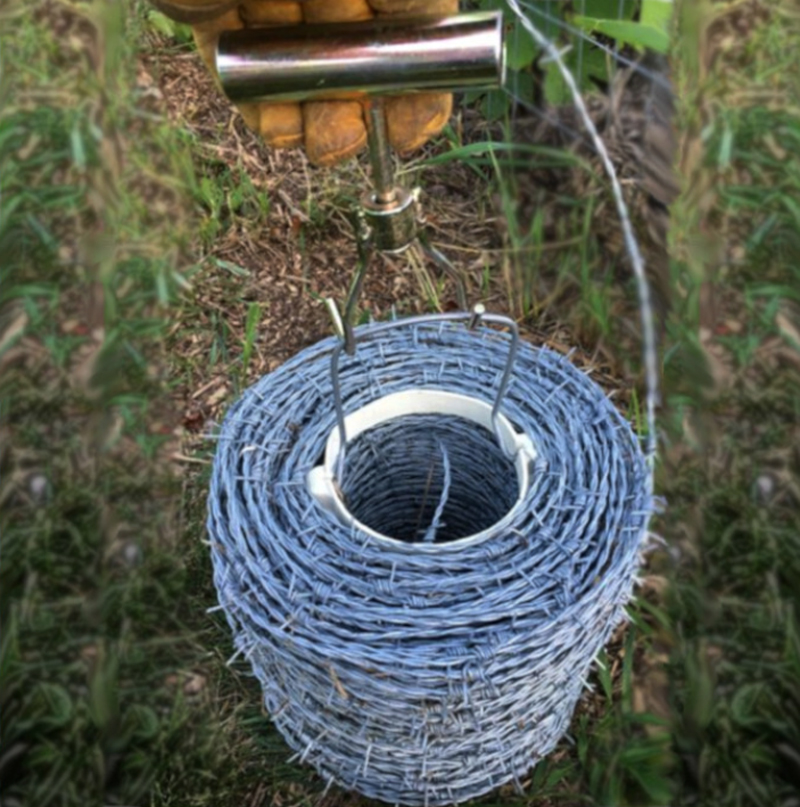Zap! Avoid These Shocking Electric Fencing Fails

Electric fencing is a powerful and versatile solution for farmers, ranchers, and homeowners who want to keep animals contained or protect their property. However, when not installed or maintained properly, it can lead to serious injuries or even fatalities for both people and animals. That’s why understanding the key aspects of electric fence setup and maintenance is crucial to ensure safety and effectiveness.
This article will highlight common mistakes that people make with electric fences—such as poor grounding, using the wrong charger, neglecting maintenance, and improper construction—and provide tips on how to avoid them. Whether you're setting up your first fence or upgrading an existing one, these insights can help you create a safe and reliable system.
Â
Neglecting Grounding
One of the most important parts of an electric fence is proper grounding. Without it, the fence won’t deliver a strong enough shock to deter animals, and it could even pose a danger to humans. A good grounding system ensures that excess electricity is safely directed into the earth, reducing the risk of shocks or electrical hazards.
To prevent issues, always follow the manufacturer's guidelines for grounding. Make sure your grounding rods are deep enough and placed correctly. Regular checks and maintenance of the grounding system are also essential for long-term performance and safety.
Â
Using the Wrong Charger
Choosing the right charger is essential for your electric fence to work properly. If the charger is too weak, it won’t deliver a strong enough shock to keep animals out. If it’s too strong, it could harm animals or even cause damage to the fence itself. The type of charger you need depends on the length of the fence, the number of wires, and the kind of animals you’re trying to contain.
Always select a charger that matches your specific needs and follow the manufacturer’s recommendations to ensure optimal performance and safety.
Â
Insufficient Maintenance
Regular maintenance is vital to keep your electric fence working efficiently. Over time, wires can become damaged, insulators may break, and the overall structure can weaken. Neglecting these issues can lead to ineffective protection and even accidents. It’s important to inspect your fence regularly and make repairs as needed to maintain its integrity and safety.
By staying proactive with maintenance, you can avoid costly repairs and ensure your fence remains effective over time.
Â
Inadequate Fence Construction
A poorly built electric fence can fail to hold animals or withstand environmental stress. The fence should be constructed with strong posts, properly spaced wires, and high-quality materials. If the structure isn’t solid, the fence may sag, break, or allow animals to escape.
Proper construction ensures that the fence remains functional and secure for years to come.
Â
Improper Insulation
Proper insulation is critical to prevent short circuits and ensure the fence works effectively. If the wires aren’t insulated correctly, they can come into contact with other materials, causing malfunctions or even fires. Always use high-quality insulators on all posts and structures to keep the wires isolated and safe.
Â
Not Using Enough or the Correct Type of Posts
The type and number of posts used in an electric fence are crucial for stability and durability. Too few or the wrong type of posts can cause the fence to sag or collapse, making it ineffective. Wooden posts can rot over time, while metal ones can conduct electricity and pose a risk. Choose the right posts for your environment and ensure they’re properly installed.
Â
Inconsistent Tension on the Fence Wire
Maintaining consistent tension on the fence wire is essential for its performance. If the wire is too loose, it may touch the ground and lose effectiveness. If it's too tight, it could snap or cause injury. Regular checks and adjustments are necessary to keep the fence functioning properly and safely.
A well-tensioned fence ensures that animals stay contained and that the system remains safe and efficient.
Failing to identify and repair electric fence faults
Not providing adequate protection for the electric fence charger
Protecting the electric fence charger is just as important as protecting the fence itself. Exposure to weather, water, or interference from other electrical devices can cause malfunctions or damage. Ensure the charger is placed in a dry, sheltered area and is properly grounded. Following the manufacturer’s instructions for installation and protection will help keep the entire system running smoothly and safely.
Â
Improper Animal Training
Animals must be trained to recognize and respect the electric fence. Without proper training, they may attempt to push through or jump over the fence, leading to potential escapes or injuries. Consistent monitoring and gradual introduction to the fence will help animals understand its boundaries and avoid dangerous situations.
Â
Get Quality Electric Fencing Equipment at Jono & Johno
Electric fencing is an excellent way to protect your land and animals, but it requires the right tools and knowledge to be effective. Poor quality or improperly installed components can lead to failures, animal escapes, or even safety hazards.
That’s why choosing high-quality electric fence kits and parts is essential. At Jono & Johno , we offer a wide range of reliable electric fencing products—including electric fence wire, insulators, energizers, and poly wire—to help you build and maintain a safe and effective system.
With the right equipment, proper installation, and regular maintenance, electric fencing can be a dependable solution for keeping your animals safe and your property protected.
Â
Blow Molding Processing,Plastic Blow Molding ,Plastic Injection Blowing Mould,Injection Molded Plastic
Dandong Jinggong Heat Preservation Appliance Factory , https://www.jgplastic.com